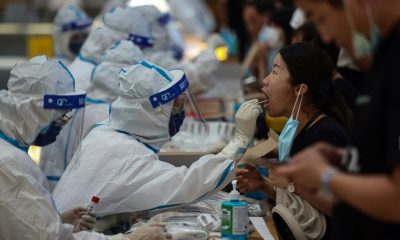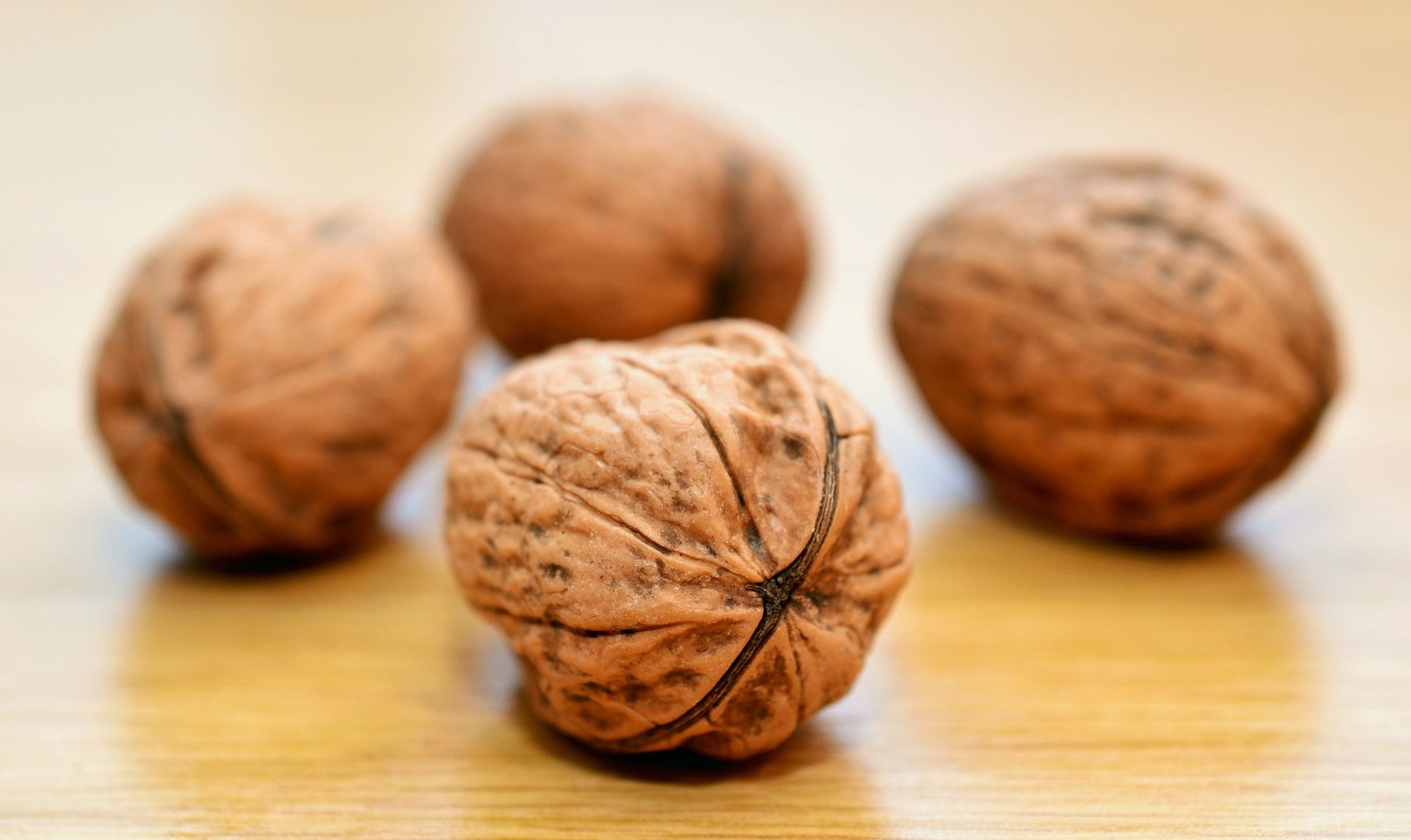Scientists have created a revolutionary “promising” new erectile dysfunction treatment by studying bionic pig penises.
In a study, published Wednesday in the journal Matter, Chinese researchers innovated an artificial tunica albuginea (ATA), mimicking real tunica albuginea, the connective tissue responsible for penis erection during sexual arousal. The ATA was placed into pig penises with tunica albuginea injuries, and it was found the former was able to restore erectile function in animals.
First, a brief on penis anatomy is in order. The tunica albuginea is a thick sheath made of densely packed and highly organized collagen and elastin fibers that surround the penis. It prevents the blood in the penis’ other spongy structures from moving back into the main circulation, in effect, maintaining an erection.
The researchers succeeded in creating a hydrogel-based artificial tunica albuginea using a material called polyvinyl alcohol.
For the study, the researchers tested their ATA in 12 mini-pigs known as Bama pigs, all having damaged tunica albugineas. The pigs were divided into three groups — one was control with no treatment, one got ATA, and the third one that got a suture surgery.
The second group had small artificial tunica albuginea patches inserted into penises, in place of damaged parts.
Following analysis, it was found that the ATA group pigs “regained normal erection immediately after the use of [the artificial tunica albuginea],” Xuetao Shi, a professor of tissue engineering at the South China University of Technology and lead author of the study, said in a press release.
“The greatest advantage of the [artificial tunica albuginea] we report is that it achieves tissue-like functions by mimicking the microstructure of natural tissues,” Shi noted.
“Our work at this stage focuses on the repair of a single tissue in the penis, and the next stage will be to consider the repair of the overall penile defect or the construction of an artificial penis from a holistic perspective,” Shi added.
According to the researchers, about 50% of men aged 40-70 are afflicted with some form of erectile dysfunction. Also, an estimated 5% suffer from Peyronie’s disease, a condition in which scar tissue forms in the tunica albuginea.
“We noticed that this is an area that has received little attention, yet the related need is huge,” Shi said.
“The study shows that the artificial biomaterial created can adequately repair these defects, with good outcomes short term,” Anthony Atala, a pediatric urologist and director of the Wake Forest Institute For Regenerative Medicine and who was not involved in the study, told Inverse. “The technology is promising and warrants further investigation so that it can someday be safely transitioned to human patients who can benefit from this advance.”
Shi and his colleagues believe their invention can be applied to other load-bearing soft tissues such as blood vessels, intestines, tendons, the bladder, and the heart. Moreover, the researchers are hopeful that this technology could inspire electronic skins, wearable devices, implantable sensors, and soft, flesh-like robots.
















